Goggles | Snowboarding
- - 29 %
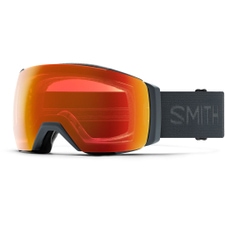 SmithI/O MAG XL Ski-/Snowboard Goggles Slate / Everyday Red Mirror / Storm Blue Sensor MirrorMSRP 259,95 €184,95 €One size
SmithI/O MAG XL Ski-/Snowboard Goggles Slate / Everyday Red Mirror / Storm Blue Sensor MirrorMSRP 259,95 €184,95 €One size - - 15 %
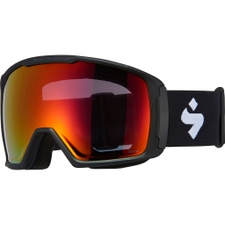 Sweet ProtectionClockwork RIG Reflect Ski-/Snowboard Goggles Topaz / Matte Black / BlackMSRP 198,95 €169,10 €One size
Sweet ProtectionClockwork RIG Reflect Ski-/Snowboard Goggles Topaz / Matte Black / BlackMSRP 198,95 €169,10 €One size - - 31 %
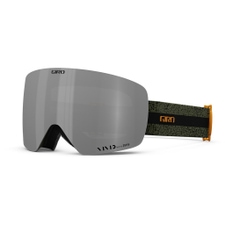 GiroContour Ski-/Snowboard Goggles Trail Green Expedition / Vivid Onyx / Vivid InfraredMSRP 259,95 €179,95 €One size
GiroContour Ski-/Snowboard Goggles Trail Green Expedition / Vivid Onyx / Vivid InfraredMSRP 259,95 €179,95 €One size - - 31 %
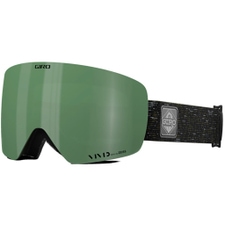 GiroContour RS Ski-/Snowboard Goggles Trail Green Wilder / Vivid Envy / Vivid InfraredMSRP 259,95 €179,95 €One size
GiroContour RS Ski-/Snowboard Goggles Trail Green Wilder / Vivid Envy / Vivid InfraredMSRP 259,95 €179,95 €One size - - 20 %
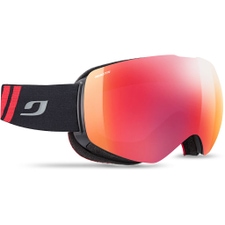 JulboShadow Reactiv 2-3 Glare Control Ski-/Snowboard Goggles BlackMSRP 229,90 €184,95 €One size
JulboShadow Reactiv 2-3 Glare Control Ski-/Snowboard Goggles BlackMSRP 229,90 €184,95 €One size - - 29 %
 SmithI/O MAG S Ski-/Snowboard Goggles Black / Chromapop Sun Platinum Mirror / Chromapop Storm Blue Sensor MirrorMSRP 259,95 €184,95 €One size
SmithI/O MAG S Ski-/Snowboard Goggles Black / Chromapop Sun Platinum Mirror / Chromapop Storm Blue Sensor MirrorMSRP 259,95 €184,95 €One size - - 35 %
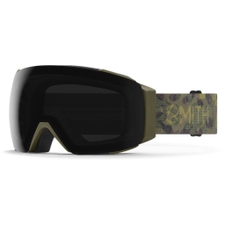 SmithI/O MAG Ski-/Snowboard Goggles Vintage Camo / Chromapop Sun Black / Chromapop Storm Rose FlashMSRP 259,95 €169,95 €One size
SmithI/O MAG Ski-/Snowboard Goggles Vintage Camo / Chromapop Sun Black / Chromapop Storm Rose FlashMSRP 259,95 €169,95 €One size - - 31 %
 GiroContour RS Ski-/Snowboard Goggles Harbor Blue Sequence / Vivid Haze / Vivid InfraredMSRP 259,95 €179,95 €One size
GiroContour RS Ski-/Snowboard Goggles Harbor Blue Sequence / Vivid Haze / Vivid InfraredMSRP 259,95 €179,95 €One size - - 21 %
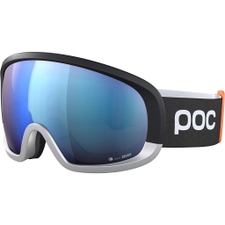 POCFovea Mid Race Ski-/Snowboard Goggles Uranium Black / Argentite Silver / Partly Sunny BlueMSRP 239,95 €189,95 €One size
POCFovea Mid Race Ski-/Snowboard Goggles Uranium Black / Argentite Silver / Partly Sunny BlueMSRP 239,95 €189,95 €One size - - 25 %
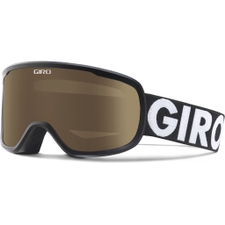 GiroBoreal Ski-/Snowboard Goggles Black FuturaMSRP 59,95 €44,95 €One size
GiroBoreal Ski-/Snowboard Goggles Black FuturaMSRP 59,95 €44,95 €One size - - 38 %
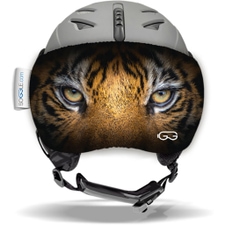 SoggleVizor Goggle Protection Eyes TigerMSRP 15,95 €9,95 €One size
SoggleVizor Goggle Protection Eyes TigerMSRP 15,95 €9,95 €One size - - 20 %
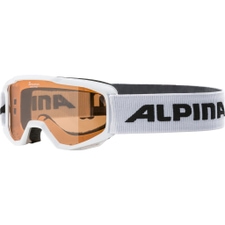 AlpinaPiney Ski-/Snowboard Goggles White / Orange KidsMSRP 24,95 €19,95 €One size
AlpinaPiney Ski-/Snowboard Goggles White / Orange KidsMSRP 24,95 €19,95 €One size - - 25 %
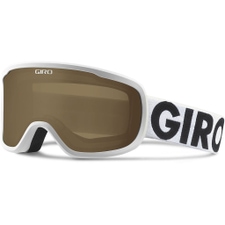 GiroBoreal Ski-/Snowboard Goggles White FuturaMSRP 59,95 €44,95 €One size
GiroBoreal Ski-/Snowboard Goggles White FuturaMSRP 59,95 €44,95 €One size - - 50 %
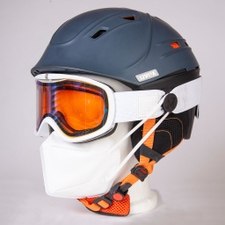 MaxeezMaskenhalter Ski-/Snowboard Goggles SchwarzMSRP 12,95 €6,49 €Available Sizes:L
MaxeezMaskenhalter Ski-/Snowboard Goggles SchwarzMSRP 12,95 €6,49 €Available Sizes:L - - 30 %
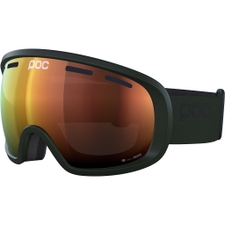 POCFovea Clarity POW JJ Ski-/Snowboard Goggles Bismuth GreenMSRP 199,95 €139,95 €One size
POCFovea Clarity POW JJ Ski-/Snowboard Goggles Bismuth GreenMSRP 199,95 €139,95 €One size - - 20 %
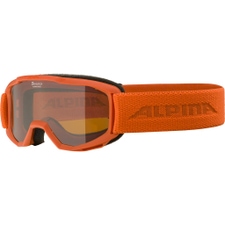 AlpinaPiney Ski-/Snowboard Goggles Pumpkin Matt / Orange KidsMSRP 24,95 €19,95 €One size
AlpinaPiney Ski-/Snowboard Goggles Pumpkin Matt / Orange KidsMSRP 24,95 €19,95 €One size - - 20 %
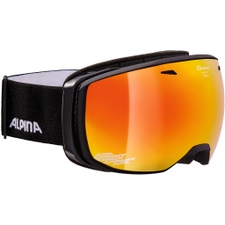 AlpinaEstetica MM Ski-/Snowboard Goggles Black Matt / Mirror RedMSRP 129,95 €103,95 €One size
AlpinaEstetica MM Ski-/Snowboard Goggles Black Matt / Mirror RedMSRP 129,95 €103,95 €One size - - 20 %
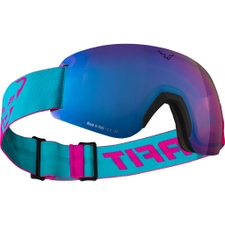 DynafitSpeed Ski-/Snowboard Goggles Pink Glo / SilvrettaMSRP 119,95 €95,95 €One size
DynafitSpeed Ski-/Snowboard Goggles Pink Glo / SilvrettaMSRP 119,95 €95,95 €One size - - 30 %
 POCFovea Mid Clarity Ski-/Snowboard Goggles Uranium Black / Clarity Define No MirrorMSRP 199,90 €139,95 €One size
POCFovea Mid Clarity Ski-/Snowboard Goggles Uranium Black / Clarity Define No MirrorMSRP 199,90 €139,95 €One size - - 20 %
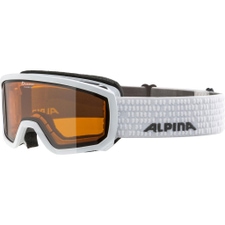 AlpinaScarabeo Ski-/Snowboard Goggles White Matt / Orange KidsMSRP 29,95 €23,95 €One size
AlpinaScarabeo Ski-/Snowboard Goggles White Matt / Orange KidsMSRP 29,95 €23,95 €One size - - 30 %
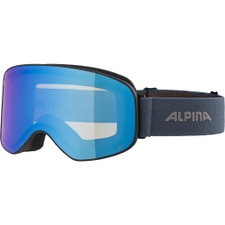 AlpinaSlope Q-Lite Ski-/Snowboard Goggles Black / Dirtblue MattMSRP 99,95 €69,95 €One size
AlpinaSlope Q-Lite Ski-/Snowboard Goggles Black / Dirtblue MattMSRP 99,95 €69,95 €One size - - 30 %
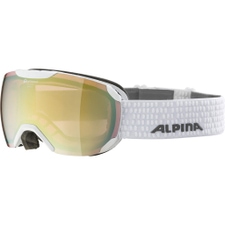 AlpinaPheos S QV 2-3 Ski-/Snowboard Goggles White / LightgoldMSRP 199,95 €139,95 €One size
AlpinaPheos S QV 2-3 Ski-/Snowboard Goggles White / LightgoldMSRP 199,95 €139,95 €One size - - 15 %
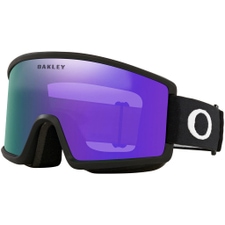 OakleyTarget Line M Ski-/Snowboard Goggles Matte Black / Violet IridiumMSRP 114,95 €97,70 €One size
OakleyTarget Line M Ski-/Snowboard Goggles Matte Black / Violet IridiumMSRP 114,95 €97,70 €One size - - 20 %
 ScottSphere OTG LS Ski-/Snowboard Goggles Mineral BlackMSRP 139,95 €111,95 €One size
ScottSphere OTG LS Ski-/Snowboard Goggles Mineral BlackMSRP 139,95 €111,95 €One size - - 30 %
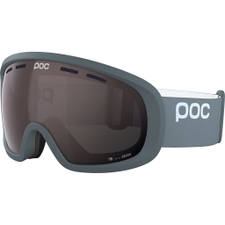 POCFovea Mid Clarity Ski-/Snowboard Goggles Pegasi Grey / Clarity Define No MirrorMSRP 199,90 €139,95 €One size
POCFovea Mid Clarity Ski-/Snowboard Goggles Pegasi Grey / Clarity Define No MirrorMSRP 199,90 €139,95 €One size - - 29 %
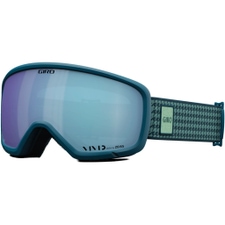 GiroMillie™ Ski-/Snowboard Goggles Ano Harbor Blue Lux / Vivid Royal WomenMSRP 119,95 €84,95 €One size
GiroMillie™ Ski-/Snowboard Goggles Ano Harbor Blue Lux / Vivid Royal WomenMSRP 119,95 €84,95 €One size - - 31 %
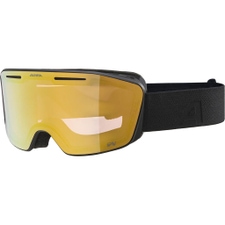 AlpinaNendaz Q Ski-/Snowboard Goggles Black Matt / GoldMSRP 159,95 €109,95 €One size
AlpinaNendaz Q Ski-/Snowboard Goggles Black Matt / GoldMSRP 159,95 €109,95 €One size - - 32 %
 JulboMoonlight Spectron 3 Ski-/Snowboard Goggles Black / GreyMSRP 109,90 €74,95 €One size
JulboMoonlight Spectron 3 Ski-/Snowboard Goggles Black / GreyMSRP 109,90 €74,95 €One size - - 29 %
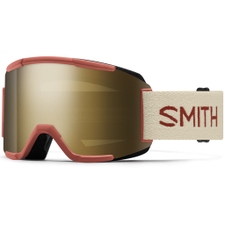 SmithSquad Ski-/Snowboard Goggles Terra Slash / Chromapop Sun Black Gold MirrorMSRP 119,95 €84,95 €One size
SmithSquad Ski-/Snowboard Goggles Terra Slash / Chromapop Sun Black Gold MirrorMSRP 119,95 €84,95 €One size - - 29 %
 SmithSquad Ski-/Snowboard Goggles High Fives / Chromapop Sun Platinum MirrorMSRP 119,95 €84,95 €One size
SmithSquad Ski-/Snowboard Goggles High Fives / Chromapop Sun Platinum MirrorMSRP 119,95 €84,95 €One size - - 30 %
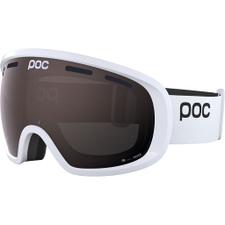 POCFovea Clarity Ski-/Snowboard Goggles Hydrogen White / Clarity Define No MirrorMSRP 199,90 €139,95 €One size
POCFovea Clarity Ski-/Snowboard Goggles Hydrogen White / Clarity Define No MirrorMSRP 199,90 €139,95 €One size - - 50 %
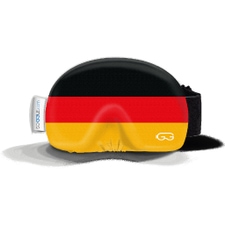 SoggleNative Deutschland Goggle ProtectionMSRP 12,90 €6,50 €One size
SoggleNative Deutschland Goggle ProtectionMSRP 12,90 €6,50 €One size - - 33 %
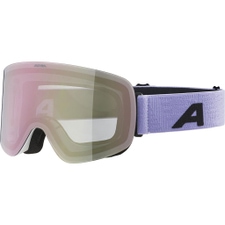 AlpinaPenken Ski-/Snowboard Goggles White / Lilac MattMSRP 89,95 €59,95 €One size
AlpinaPenken Ski-/Snowboard Goggles White / Lilac MattMSRP 89,95 €59,95 €One size - - 29 %
 SmithSquad Ski-/Snowboard Goggles Alpine Green / Sun Platinum MirrorMSRP 119,95 €84,95 €One size
SmithSquad Ski-/Snowboard Goggles Alpine Green / Sun Platinum MirrorMSRP 119,95 €84,95 €One size - - 33 %
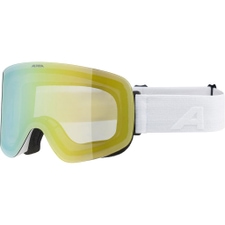 AlpinaPenken Ski-/Snowboard Goggles White MattMSRP 89,95 €59,95 €One size
AlpinaPenken Ski-/Snowboard Goggles White MattMSRP 89,95 €59,95 €One size - - 20 %
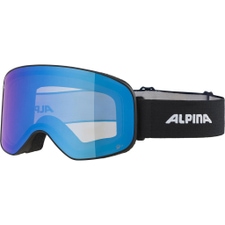 AlpinaSlope Q-Lite Ski-/Snowboard Goggles Black Matt / BlueMSRP 99,95 €79,95 €One size
AlpinaSlope Q-Lite Ski-/Snowboard Goggles Black Matt / BlueMSRP 99,95 €79,95 €One size - - 27 %
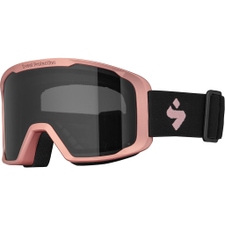 Sweet ProtectionRipley Junior Ski-/Snowboard Goggles Obsidian Black / Rose Gold / Black Rose KidsMSRP 88,95 €64,95 €One size
Sweet ProtectionRipley Junior Ski-/Snowboard Goggles Obsidian Black / Rose Gold / Black Rose KidsMSRP 88,95 €64,95 €One size - - 30 %
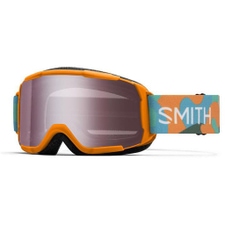 SmithDaredevil Ski-/Snowboard Goggles Habanero Alphabet Soup KidsMSRP 49,95 €34,95 €One size
SmithDaredevil Ski-/Snowboard Goggles Habanero Alphabet Soup KidsMSRP 49,95 €34,95 €One size - - 31 %
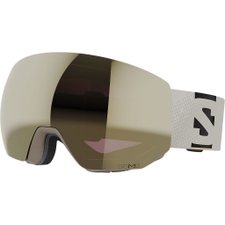 SalomonRadium Pro Sigma Ski-/Snowboard Goggles Rainy DayMSRP 179,95 €124,95 €One size
SalomonRadium Pro Sigma Ski-/Snowboard Goggles Rainy DayMSRP 179,95 €124,95 €One size - - 15 %
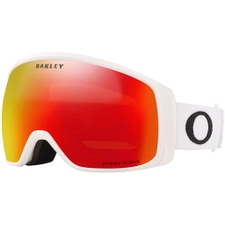 OakleyFlight Tracker M Ski-/Snowboard Goggles Matte White / Prizm Snow Torch IridiumMSRP 174,95 €148,70 €One size
OakleyFlight Tracker M Ski-/Snowboard Goggles Matte White / Prizm Snow Torch IridiumMSRP 174,95 €148,70 €One size - - 19 %
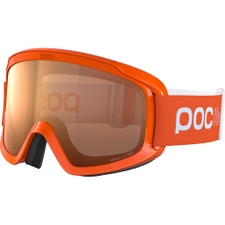 POCPocito Opsin Ski-/Snowboard Goggles Fluorescent Orange KidsMSRP 79,95 €64,95 €One size
POCPocito Opsin Ski-/Snowboard Goggles Fluorescent Orange KidsMSRP 79,95 €64,95 €One size - - 20 %
 ScottSphere OTG LS Ski-/Snowboard Goggles Rust RedMSRP 139,95 €111,95 €One size
ScottSphere OTG LS Ski-/Snowboard Goggles Rust RedMSRP 139,95 €111,95 €One size - - 31 %
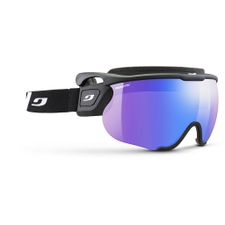 JulboSniper Evo L Reactiv 1-3 High Contrast Sunglasses BlackMSRP 144,95 €99,95 €One size
JulboSniper Evo L Reactiv 1-3 High Contrast Sunglasses BlackMSRP 144,95 €99,95 €One size - - 20 %
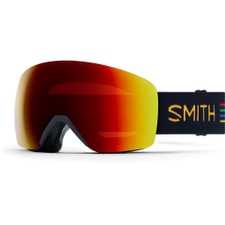 SmithSkyline Ski-/Snowboard Goggles Midnight Slash / Sun Red MirrorMSRP 179,95 €143,95 €One size
SmithSkyline Ski-/Snowboard Goggles Midnight Slash / Sun Red MirrorMSRP 179,95 €143,95 €One size - - 32 %
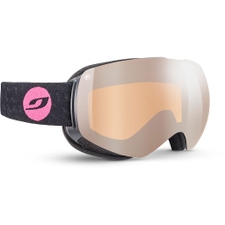 JulboMoonlight Ski-/Snowboard Goggles SchwarzMSRP 109,90 €74,95 €One size
JulboMoonlight Ski-/Snowboard Goggles SchwarzMSRP 109,90 €74,95 €One size - - 20 %
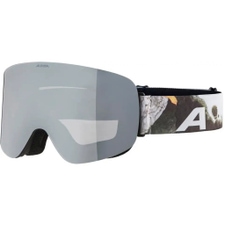 AlpinaPenken Ski-/Snowboard Goggles Cina Black MattMSRP 89,95 €71,95 €One size
AlpinaPenken Ski-/Snowboard Goggles Cina Black MattMSRP 89,95 €71,95 €One size - - 40 %
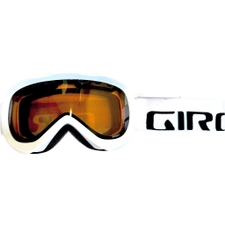 GiroInsight Ski-/Snowboard Goggles White WordmarkMSRP 49,95 €29,95 €One size
GiroInsight Ski-/Snowboard Goggles White WordmarkMSRP 49,95 €29,95 €One size - - 31 %
 JulboMoonlight Spectron 3 Glare Control Ski-/Snowboard Goggles Schwarz / RotMSRP 129,90 €89,95 €One size
JulboMoonlight Spectron 3 Glare Control Ski-/Snowboard Goggles Schwarz / RotMSRP 129,90 €89,95 €One size - - 30 %
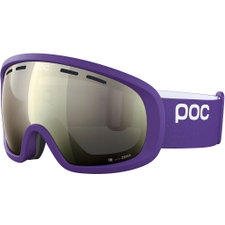 POCFovea Mid Clarity Ski-/Snowboard Goggles Sapphire Purple / Clarity Define / Spektris IvoryMSRP 199,90 €139,95 €One size
POCFovea Mid Clarity Ski-/Snowboard Goggles Sapphire Purple / Clarity Define / Spektris IvoryMSRP 199,90 €139,95 €One size - - 29 %
 GiroArticle II Ski-/Snowboard Goggles Camp Tan Cassette / Vivid Copper / Vivid InfraredMSRP 189,95 €134,95 €One size
GiroArticle II Ski-/Snowboard Goggles Camp Tan Cassette / Vivid Copper / Vivid InfraredMSRP 189,95 €134,95 €One size - - 20 %
 AlpinaPheos Q-Lite Ski-/Snowboard Goggles Black / Yellow / Orange KidsMSRP 49,95 €39,95 €One size
AlpinaPheos Q-Lite Ski-/Snowboard Goggles Black / Yellow / Orange KidsMSRP 49,95 €39,95 €One size - - 38 %
 GiroMethod Ski-/Snowboard Goggles Black & White Animal / Vivid Emerald / Vivid InfraredMSRP 159,95 €99,95 €One size
GiroMethod Ski-/Snowboard Goggles Black & White Animal / Vivid Emerald / Vivid InfraredMSRP 159,95 €99,95 €One size - - 29 %
 SmithSquad S Ski-/Snowboard Goggles White Vapor / Chromapop Everyday Rose Gold Mirror / ClearMSRP 119,95 €84,95 €One size
SmithSquad S Ski-/Snowboard Goggles White Vapor / Chromapop Everyday Rose Gold Mirror / ClearMSRP 119,95 €84,95 €One size - - 31 %
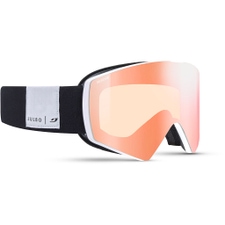 JulboSharp Ski-/Snowboard Goggles Weiss / SchwarzMSRP 179,90 €124,95 €One size
JulboSharp Ski-/Snowboard Goggles Weiss / SchwarzMSRP 179,90 €124,95 €One size - - 25 %
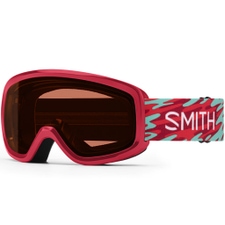 SmithSnowday Ski-/Snowboard Goggles Crimson Swirled / Rose Copper KidsMSRP 39,95 €29,95 €One size
SmithSnowday Ski-/Snowboard Goggles Crimson Swirled / Rose Copper KidsMSRP 39,95 €29,95 €One size - - 25 %
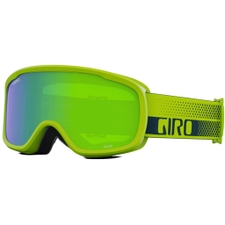 GiroRoam Ski-/Snowboard Goggles Ano Lime Flow / Loden Green / YellowMSRP 79,95 €59,95 €One size
GiroRoam Ski-/Snowboard Goggles Ano Lime Flow / Loden Green / YellowMSRP 79,95 €59,95 €One size - - 20 %
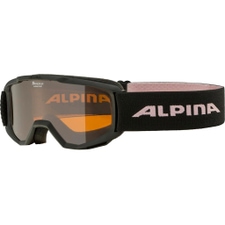 AlpinaPiney Ski-/Snowboard Goggles Black / Rose Matt KidsMSRP 24,95 €19,95 €One size
AlpinaPiney Ski-/Snowboard Goggles Black / Rose Matt KidsMSRP 24,95 €19,95 €One size - - 35 %
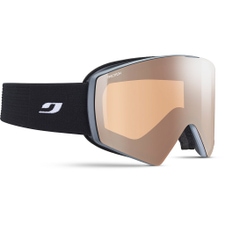 JulboSharp Spectron 2 Ski-/Snowboard Goggles Grau / SchwarzMSRP 154,90 €99,95 €One size
JulboSharp Spectron 2 Ski-/Snowboard Goggles Grau / SchwarzMSRP 154,90 €99,95 €One size - - 33 %
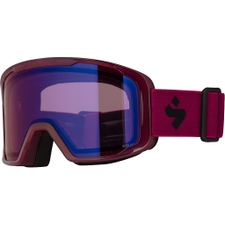 Sweet ProtectionRipley RIG Junior Ski-/Snowboard Goggles RIG Light Amethyst / Gloss Crystal Malaia KidsMSRP 89,95 €59,95 €One size
Sweet ProtectionRipley RIG Junior Ski-/Snowboard Goggles RIG Light Amethyst / Gloss Crystal Malaia KidsMSRP 89,95 €59,95 €One size - - 25 %
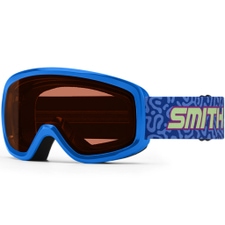 SmithSnowday Ski-/Snowboard Goggles Cobalt Archive / Rose Copper KidsMSRP 39,95 €29,95 €One size
SmithSnowday Ski-/Snowboard Goggles Cobalt Archive / Rose Copper KidsMSRP 39,95 €29,95 €One size - - 22 %
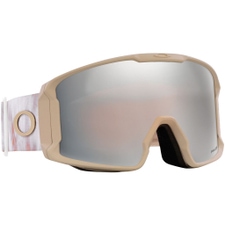 OakleyLine Miner L Ski-/Snowboard Goggles Jamie Anderson Signature SeriesMSRP 159,95 €124,95 €One size
OakleyLine Miner L Ski-/Snowboard Goggles Jamie Anderson Signature SeriesMSRP 159,95 €124,95 €One size - - 30 %
 GiroChico 2.0 Ski-/Snowboard Goggles Namuk Dove Grey KidsMSRP 49,95 €34,95 €One size
GiroChico 2.0 Ski-/Snowboard Goggles Namuk Dove Grey KidsMSRP 49,95 €34,95 €One size



When you're out and about on your snowboard, there's one thing you can't do without: snowboard goggles. They protect your eyes from too much UV light, from wind, from snowflakes, but also in case of falls. Snowboard goggles should always let you see the terrain well, whether it's the slopes or the backcountry and no matter what the weather. They need to fit well and be comfortable to wear. We show you how to find your perfect goggles and which features are important.
When do you need snowboard goggles?
Let's be clear: You should always wear snowboard goggles. In good weather and bright conditions, they protect your eyes from too much sunlight. They must always offer one hundred percent UV protection. It is important that the lenses of the goggles protect against UVA, UVB and UVC rays as well as blue light. In adverse conditions, snowboard goggles help you see the terrain better. In addition, the goggles ensure that no snow crystals get into your eyes and prevent the wind from making your eyes water. So the fun of riding is guaranteed!
Light filters for snowboard goggles
When it comes to the lenses of snowboard goggles, there are various factors to consider: Among other things, it is important how much light they let through.
For ski and snowboard goggles, there are the VLT categories. VLT stands for Visible Light Transmission and indicates how much light passes through the lens. The lower this value, the darker the lens. The color or tint can therefore indicate whether the glasses have a high or low VLT value. But be careful: Exceptions prove the rule and you should always check again.
If you only want to buy one pair of glasses, then a medium VLT value in the range of 25 to 40 percent is a good choice. You may also find an interchangeable lens with a VLT value in the range of 50 percent, then you are actually already well equipped.

Exchangeable lenses are always a good choice
In general: the easiest way is, you resort to snowboard goggles with interchangeable lens system. The advantages: You only need one goggle frame, but you're still equipped for all eventualities with the interchangeable lenses, and you can buy replacement lenses at any time.
If you know that you will only be on the slopes in certain weather conditions and light conditions anyway, you can use the following classification as a guide, which we maintain at Sport Conrad:
Category 0 and 1: Overcast sky and snowfall, 44-80 % VLT
This lens gives you better visibility in low light conditions. This is due to the increased light transmission and contrast-enhancing tint. Glasses with this lens are often less mirrored or not mirrored at all.
Category 2: Medium sunlight, 19-43 % VLT
A versatile lens that is probably the most commonly used. It provides clear vision in both sunny and cloudy conditions.
Category 3: Strong sunlight, 9-18 % VLT
This lens is best suited for sunshine, but also does well in light cloudy conditions.
Category 4: Extreme Sunshine, 3-8 % VLT
You'll find the brightest sunshine mostly in the high mountains on glaciers, on long sunny days. The lenses suitable for this are usually very dark or heavily mirrored.
If you don't want to take interchangeable lenses with you, but still want perfect vision at all times during the descent, you should look for goggles with self-tinting lenses.

These adapt to changing light conditions all by themselves. You'll find this, for example, with Vario technology or Prizm lenses from Oakley.
Polarized lenses
Polarized snowboard goggles additionally filter the light that is reflected from the surface and thus provide additional protection for the eyes. But polarized lenses can also make it harder to see differences and contrasts of snow and ice in cloudier weather.
What shape should your glasses have?
There are basically three shapes: cylindrical, spherical and toric. Which one you choose depends on what is most important to you in your glasses.
Cylindrical lens shape
The lens is rounded on the horizontal plane and flat on the vertical plane, which gives the glasses a low profile - they are therefore only curved in one direction. You'll have clear vision with this shape, but the field of view may be a bit more limited, but that may make the glasses a bit less expensive. In return, there is also no distortion in the view. For spectacle wearers, these glasses are a good choice.
Spherical lens shape
The horizontal and vertical outward curvature of the lens is the same. These glasses have a spherical look and are curved outward, which allows for an extra wide field of vision. This design reduces eye fatigue, provides good ventilation, optimal all-round vision and perfect view. Especially when freeriding, you can see the uneven terrain well. But beware: If you wear glasses, this lens shape can cause distortion.
Toric lens shape
Toric lenses are a combination of the spherical and cylindrical shape. Vertically they are less curved than spherical, and horizontally more curved than cylindrical lenses. This shape has the advantage of very little distortion in the periphery and allowing an even wider field of view without the extremely bulbous shape of spherical glasses. The shape also increases ventilation in the glasses so that the lens does not fog up.

Which shape is up to you - as long as they fit well and protect your eyes
The perfect fit
Your glasses must fit well and offer you sufficient wearing comfort - that means they must fit tightly, not slip at all, but also not press. To ensure that your glasses fit well and exactly meet your needs, you should also pay attention to a few other details: the size and the frame.
The size
Goggles come in different sizes: Small for kids or people with rather smaller faces. Medium you'll find most often, this size also fits a variety of helmets. Large goggles offer the widest field of vision. Large snowboard goggles can also fit people who wear glasses. In any case, the goggles should match with your helmet. There should be no gap between the helmet and the goggles, so the top edge of the goggles should be flush with the helmet.
The frame
The frame should be lightweight and have a soft insert inside (e.g. foam or fleece). Goggles with frameless designs provide an even wider field of vision. To achieve this, the lens of these models is either attached to the front of the frame or the frame is reduced to a minimum.
Frames for spectacle wearers: Over The Glass Fit means that here the lens of the ski goggles rests on the frame and is not framed in the frame as in the other fits. As a result, the lens is far enough away from the face so that a pair of glasses can easily fit under the goggles.
The material
As a rule, ski and snowboard goggles are now equipped with double lenses made of scratch-resistant and shatterproof plastic. So your eyes are always optimally protected even in the event of a fall. A gap is also left between the two lenses, which serves as thermal insulation - and prevents fogging.
Speaking of fogging, you should make sure that your glasses are well ventilated for optimal vision. They should have sufficient ventilation slots and, if necessary, an anti-fog coating on the inside. Because a clear view also ensures safety.
The proper care of your snowboard goggles
No gloves and certainly not with the sleeve! If you try to quickly clean the goggles somehow, it can easily happen that the coated lenses are scratched. External water stains and light dirt can be removed with the microfiber cloth that is usually included. Keep your hands off the inside of the glass! The anti-fog coatings used here are very sensitive and are damaged by friction. If the goggles are full of snow, it is best to let them dry in the warm and then dab very carefully with a microfiber cloth.
Snowboard goggles at Sport Conrad
In our online store you will find numerous models of ski and snowboard goggles for men, women and children. You can choose between different lenses, lens shapes, sizes and styles and of course you will find top brands like Alpina, Giro, Oakley, Salomon, Scott, Uvex and many more.